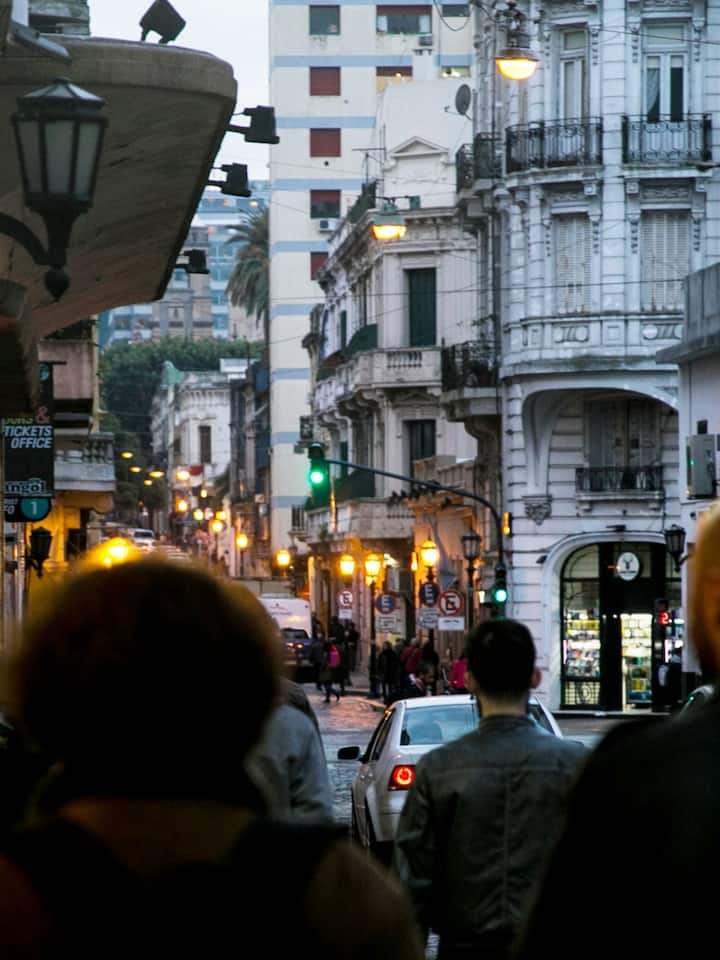Musée
Musée de l'eau et de l'histoire sanitaire
Recommandé par 54 habitants,
Conseils des habitants
Amazing British architecture. This building was a gift from the British, brought to Buenos Aires by boat on the beggining of XX century. Its facade hides 2 huge water tanks.
It's an incredible building, each part of it was was made in France and transported to Argentina by boat
The Water Company Palace Address CORDOBA AV. 1950 Occupying an entire city block, the Palacio de Aguas Corrientes (Palace of Running Water) was built in the second half of the 19th century to supply the city's water. Following the city's rapid expansion and several epidemics, including cholera and thyfoid, it was decided to introduce a modern running water system, following designs put forward by British engineer John Bateman. The construction of the 'palace' was overseen by Swiss engineer Carlos Nyströmer and Norweigian architect Olof Boye, between 1887 and 1894. It features French-style mansard rooves, and a facade that consists of 170,000 glazed tiles and 130,000 enameled bricks, all sh
The Water Company Palace Address CORDOBA AV. 1950 Occupying an entire city block, the Palacio de Aguas Corrientes (Palace of Running Water) was built in the second half of the 19th century to supply the city's water. Following the city's rapid expansion and several epidemics, including cholera and…
Activités uniques à proximité
Les habitants recommandent également
Emplacement
750 Riobamba
Buenos Aires, Buenos Aires







